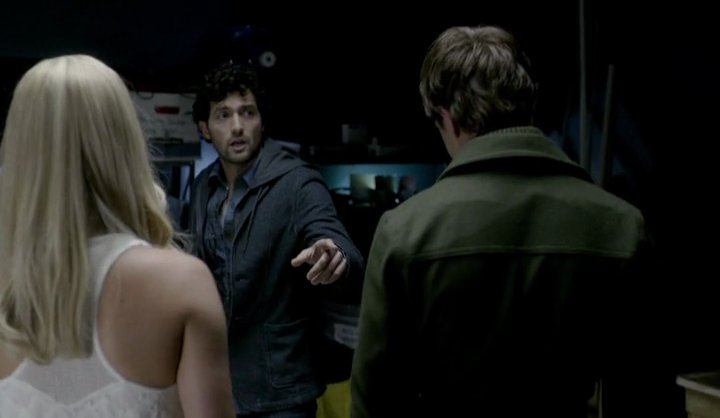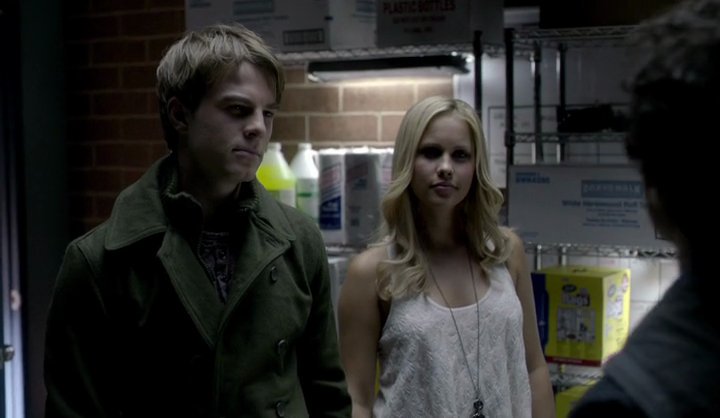agileinaflash.blogspot.com/2009/02/invest…
Note: whatever differences betwixt us are all intramural or tonal.
I'm going to punt, for now, on all of these criteria. We can do that some other day.
Phew. I'm tired. Are you tired? I'm tired.
Shippability, Verticality, Size, User-Value, and Plannability, in that order.
When I step back from perfection, the first thing I cheat on is Plannability. The last thing I cheat on is Verticality.
Have a cozy little Monday afternoon!
















